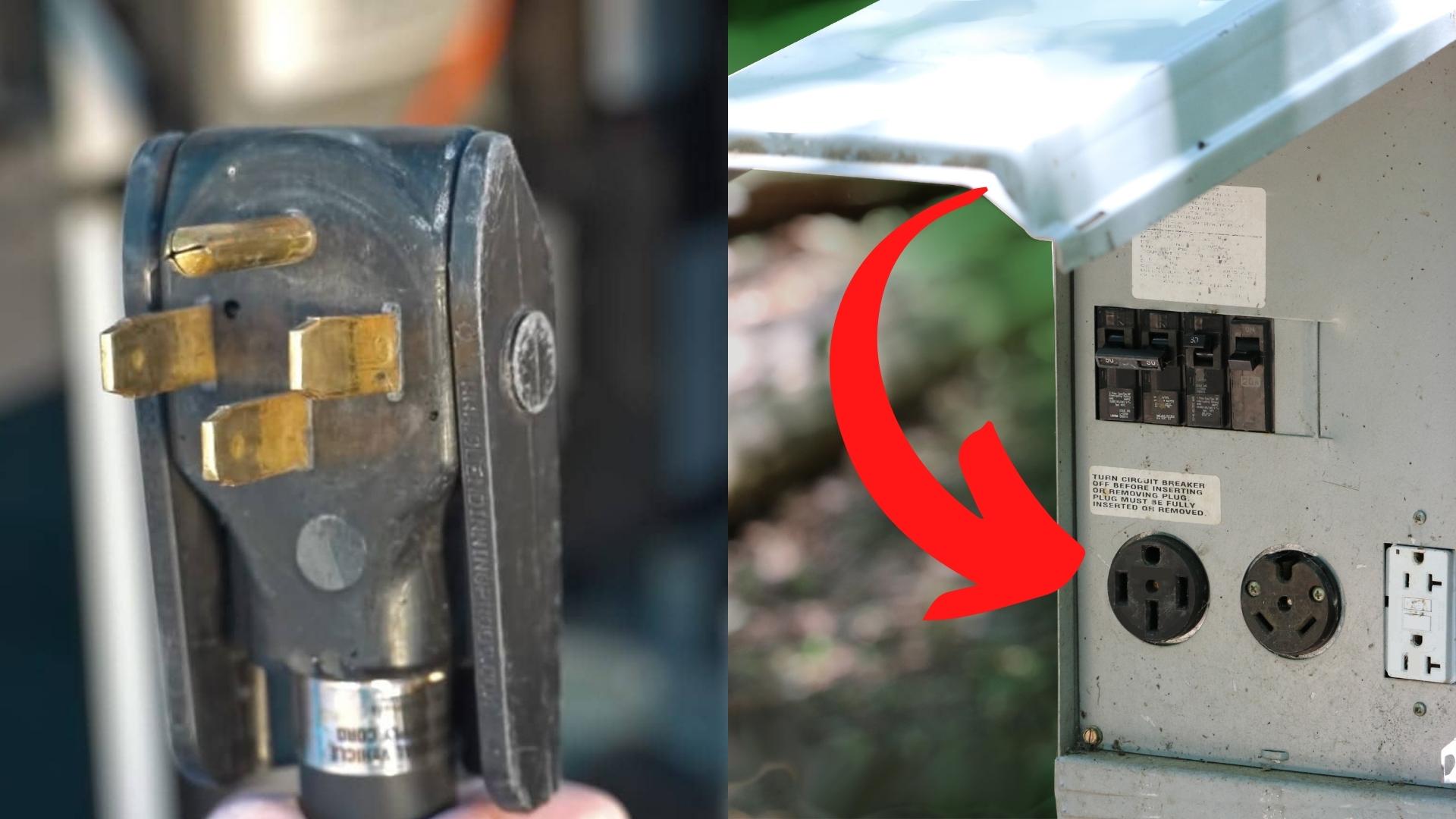A 50 Amp power supply is mandatory for high power requirements RVs, like motorhomes and travel trailers with multiple air conditioners and appliances. A 50 Amp service can provide up to 12,000 watts of power, whereas a 30 Amp service can provide up to 3,600 watts. This means a 50 Amp service can power more appliances without overloading the RV’s electrical system.
The article aims to explore all the possible problems you will face related to wiring a 50 amp plug. Follow along to understand the issues and how to troubleshoot them.
Understanding the RV Electrical System
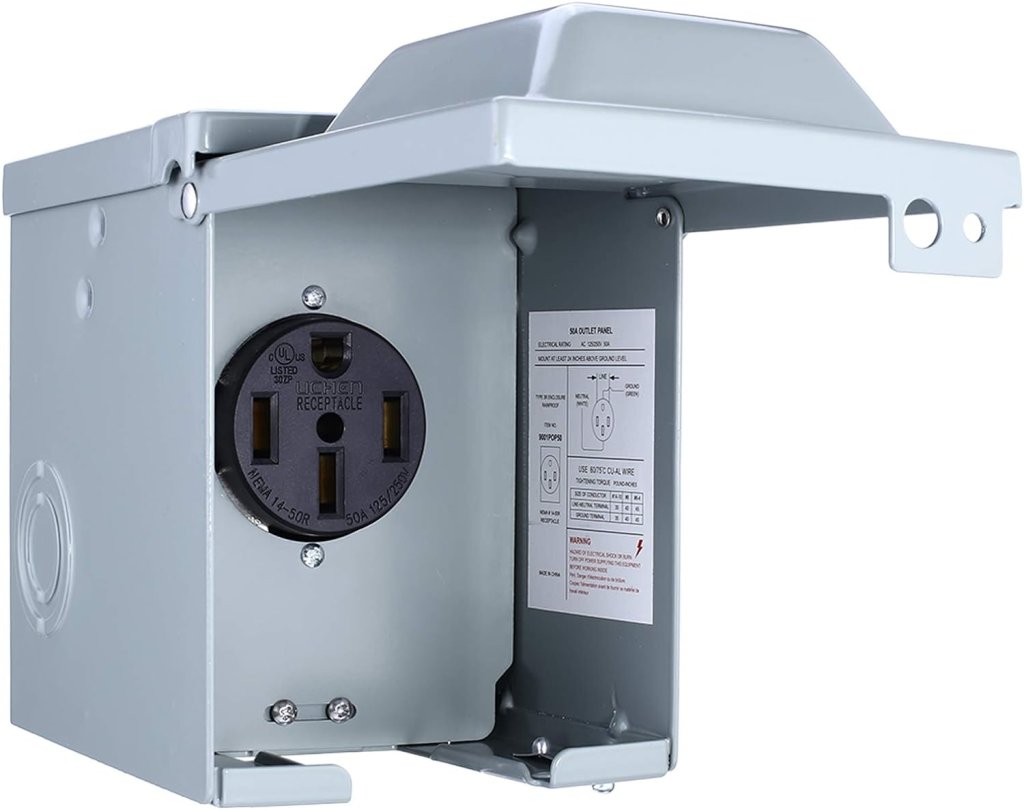
RV’s have two main electrical systems, namely a 12-volt DC system and a 120-volt AC system. Batteries power the former, and an RV electric hookup plug or a generator powers the latter.
The 12-volt DC system runs water heaters, furnaces, and refrigerators. At the same time, the 120-volt system is used to power up daily appliances like TVs and other kitchen appliances.
It is paramount to understand the RV’s electrical capacity with the power course to eliminate problems like Blown fuses, appliance damage, and fire. The following pointers will help you understand the RV’s electrical capacity with the power source.
- Check the capacity of the RV system.
- Check for an outlet that matches the RV’s power cord. A 30-amp power cord will have three prongs, and a 50-amp ones will have four prongs.
- If you are not sure about the size of the outlet you need, use the larger one. It is better to have too much power than not enough.
RV Not Getting 50 Amps: Common Reasons
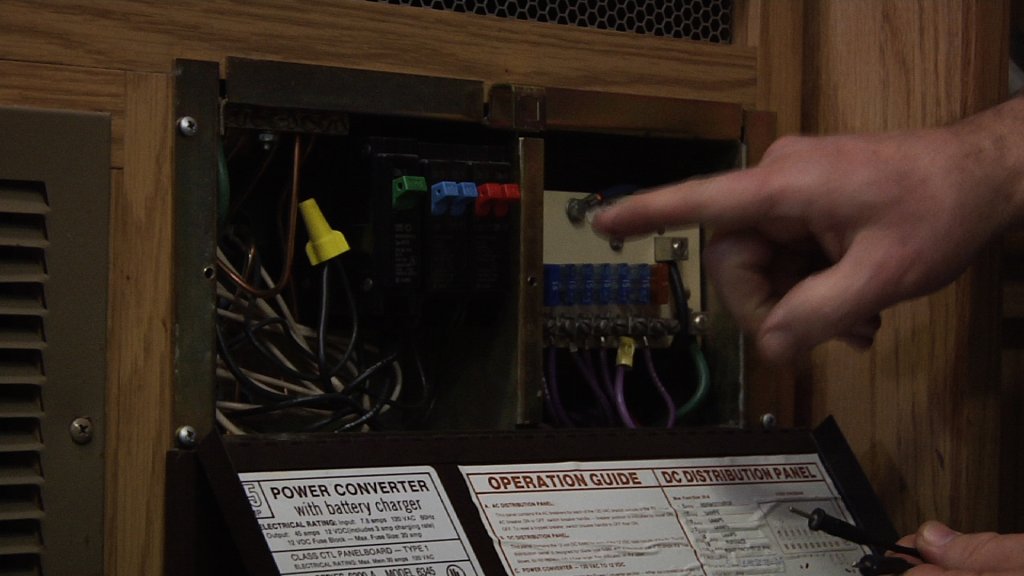
The following are some common reasons why your RV might not get 50- amps:
- The RV power cord is not properly connected
- The RV power cord is damaged
- The outlet is not wired correctly
- The RV’s electric system is overloaded
- The RV’s connector is not working properly
- The campground’s power supply is not strong enough
- Possibilities of power outage.
Troubleshooting to Get 50 Amps in Your RV
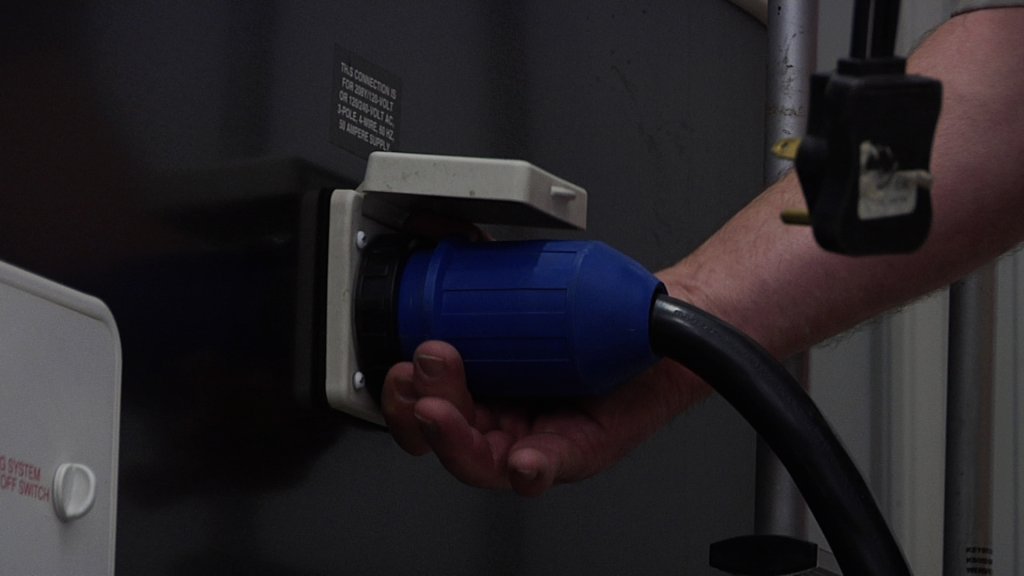
If you have trouble getting a full 50-amps, do check your power cord and the outlet. If they are perfect, ask your electrician to look up the RV’s electrical system or the campground’s power supply. Here are some ways to troubleshoot the problems,
- Check the RV’s breaker panel to see whether the breakers are tripped.
- Try plugging the RV into a different outlet.
- If you are using a 30 to 50-amp adapter, make sure it is in good condition.
- If the above-given tips do not work out, you’d better call your electrician.
Multiple RVs On the Same Circuit Causes Power Fluctuation
For starters, The amount of electricity that a circuit can handle is measured in amps. A 30-amp circuit can handle up to 3,600 watts. A 50-amp circuit can handle up to 12,000 watts. Multiple RV’s or appliances plugged in a 30-amp circuit can draw a lot of electricity, causing the voltage to drop and damaging the appliances and electronics.
To avoid such a mess, it is essential to ensure the number of RVs or appliances plugged into the circuit does not exceed its capacity. Follow the tips to avoid electrical damage,
- Use a surge protector to protect your appliances from power surges
- Avoid plugging high-power-consuming appliances like air conditioners, refrigerators, or electric water heaters in the same circuit.
RV Power Management System
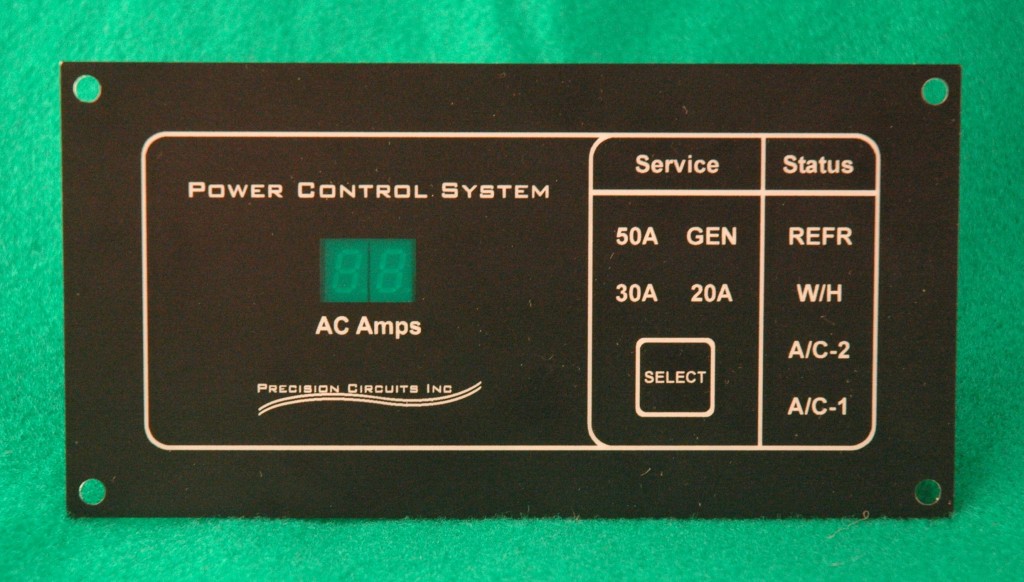
Here’s a speck about the RV power management system and their functions,
An RV power management system is a device that monitors and controls the system of an RV. It prevents the appliances from voltage drops, surges, and overloading. Some of their functions include Voltage monitoring, Current monitoring, Power surge protection, Battery management, and Load shedding. The following are the benefits of using the system,
- Protects your appliance from power surges,
- Extends the battery life,
- It prevents overloading the system,
- Alerts your potential problems,
- It can be programmed automatically to control your appliances.
Troubleshooting for RV-related Electrical problems
Follow the steps meticulously to troubleshoot the RV-related problems,
- Make sure that the power cord is properly connected to both the RV and the outlet. The power cord should not have any kinks or breaks and should be completely dry.
- Ensure there are no tripped breakers in the RV panel; if there is any breakage in the panel, reset and try again.
- Check the converters. The converters are responsible for converting the 120 volts into 12 volts. If there is a problem with it, it may be unable to provide the full 50 amps.
- Check the campground’s power supply. If the campground’s power supply is weak, it may not be able to provide the total 50 amps.
- If everything does not work, try plugging in a different outlet.
- If you are using a 30 to 50-amp adapter, make sure it is clean and in good condition.
- If nothing works, better contact your electrician and let them sort it out.
Final Thoughts
A 50-amp RV power supply is important for RVs with high power requirements. A 50 Amp service can provide up to 12,000 watts of power, whereas a 30 Amp service can provide up to 3,600 watts. This means a 50 Amp service can power more appliances without overloading the RV’s electrical system.
Here is a quick recap of what we discussed: Make sure the power cord and outlet are properly connected, Check for tripped breakers, Check whether the outlet is wired correctly, and as well whether the campground’s power supply is strong.

